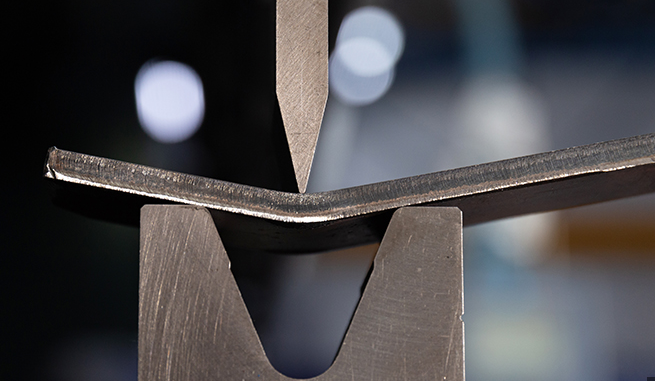What coating prevents weld spatter from sticking
Anti-spatter sprays containing a mix of 60% solvents and 40% lubricants effectively reduce spatter stickiness by up to 70%, creating a durable barrier on welding surfaces. Anti-Spatter Spray Just last week, I was hanging out in my friend’s workshop. He was welding some custom brackets for a motorcycle, and the spatter was flying off like …
What coating prevents weld spatter from sticking Read More »











